High Energy Impact Compaction for Thick Layer Placed Fill
The Advantages and Considerations of High Energy Impact Compaction for Thick Layer Placed Fill
In geotechnical engineering, the placement of thick layers of fill material is a common practice in various construction projects. These fills are used to raise ground levels, create embankments, or provide foundation support. However, the compaction of such thick layers presents challenges, as achieving adequate compaction and uniformity throughout the fill is critical. High Energy Impact Compaction (HEIC) offers distinct advantages for the compaction of thick layer placed fill, ensuring improved stability and performance.
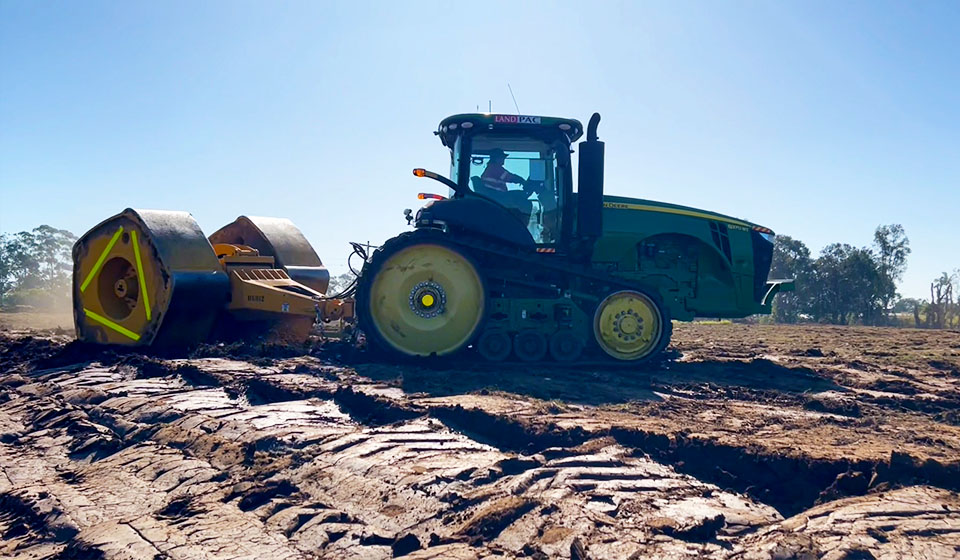
Advantages of High Energy Impact Compaction for Thick Layer Placed Fill
Rapid and Efficient Compaction
HEIC utilises high compaction energy to achieve rapid and efficient densification of thick fill layers. The dynamic forces generated by the compaction equipment penetrate deep into the fill, effectively rearranging and compacting the soil particles.
Increased Density and Load-Bearing Capacity
HEIC significantly increases the density and load-bearing capacity of the placed fill. The compaction energy drives out air voids, reduces settlement potential, and improves the structural stability of the fill, allowing it to support heavy loads without excessive settlement.
Enhanced Uniformity and Consistency
The powerful impact forces applied during HEIC promote uniform compaction across the entire thickness of the fill. This helps eliminate differential settlement and ensures consistent performance throughout the constructed structure.
Mitigation of Settlement Issues
Thick layer placed fill often experiences settlement due to its own weight and environmental factors. HEIC minimises settlement concerns by achieving a denser fill with reduced voids, thereby limiting the potential for long-term settlement and associated structural problems.
Reduced Embankment Thickness
By utilising HEIC, the required thickness of fill can be reduced while still achieving the desired compaction and stability. This can result in cost savings by minimising the volume of fill material required.
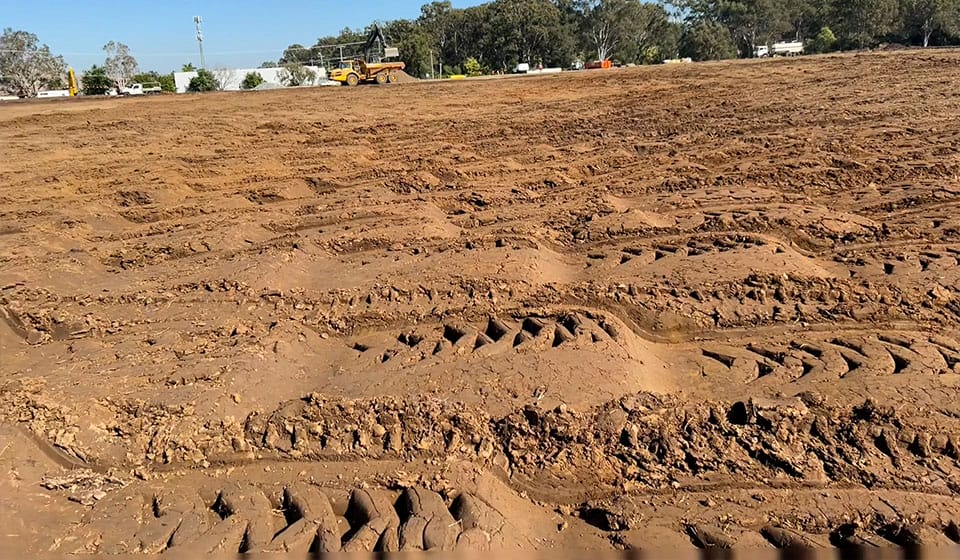
Considerations for Thick Layer Placed Fill and HEIC
Soil Compatibility: The success of HEIC for thick layer placed fill depends on the soil type. Coarse-grained soils, such as sands and gravels, respond well to HEIC, while fine-grained soils may require additional techniques for effective compaction.
Equipment and Expertise: HEIC requires specialised compaction equipment capable of delivering high compaction energy. Proper selection and operation of the equipment, along with the expertise of trained professionals, are crucial for achieving optimal results.
Project Planning and Execution: Effective planning and coordination are essential for the successful implementation of HEIC for thick layer placed fill. Site-specific factors, including fill thickness, soil conditions, and project requirements, must be carefully evaluated to determine the appropriate compaction approach and equipment specifications.
By leveraging the benefits of High Energy Impact Compaction (HEIC), Landpac ensures efficient and effective compaction of thick layer placed fill, delivering enhanced stability, improved load-bearing capacity, and long-term performance for construction projects. The expertise and experience of their team guarantee the successful execution of HEIC to optimise the compaction process and ensure the quality and durability of the constructed infrastructure.
Keep communities safe with non-intrusive infrastructure
If adverse soil conditions are detected that could bring risk to people or the environment, HEIC allows compaction without the need to unearth or disturb what’s underneath. Get in touch to learn more.
Latest news
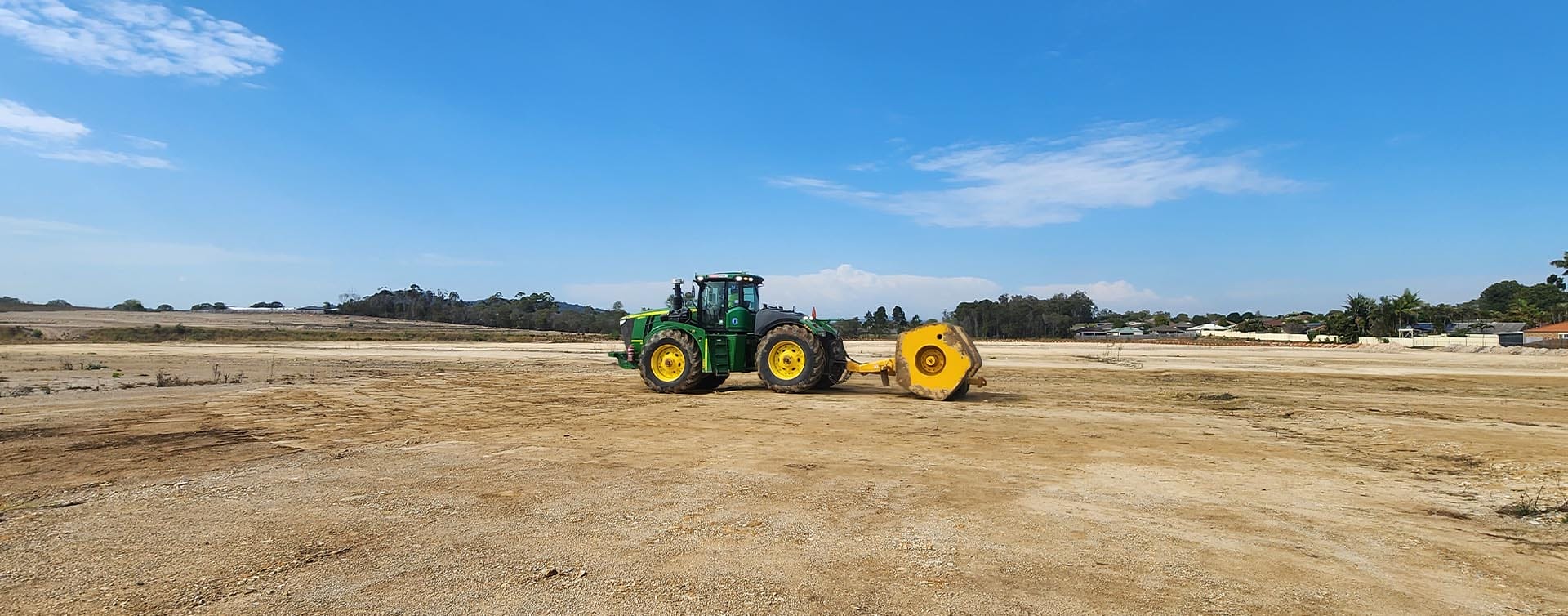
Understanding High Energy Impact Compaction (HEIC)
High Energy Impact Compaction (HEIC) revolutionises ground improvement with its ability to achieve superior soil density and stability. Unlike traditional methods, HEIC uses advanced rollers and compaction technology to penetrate deeper soil layers.
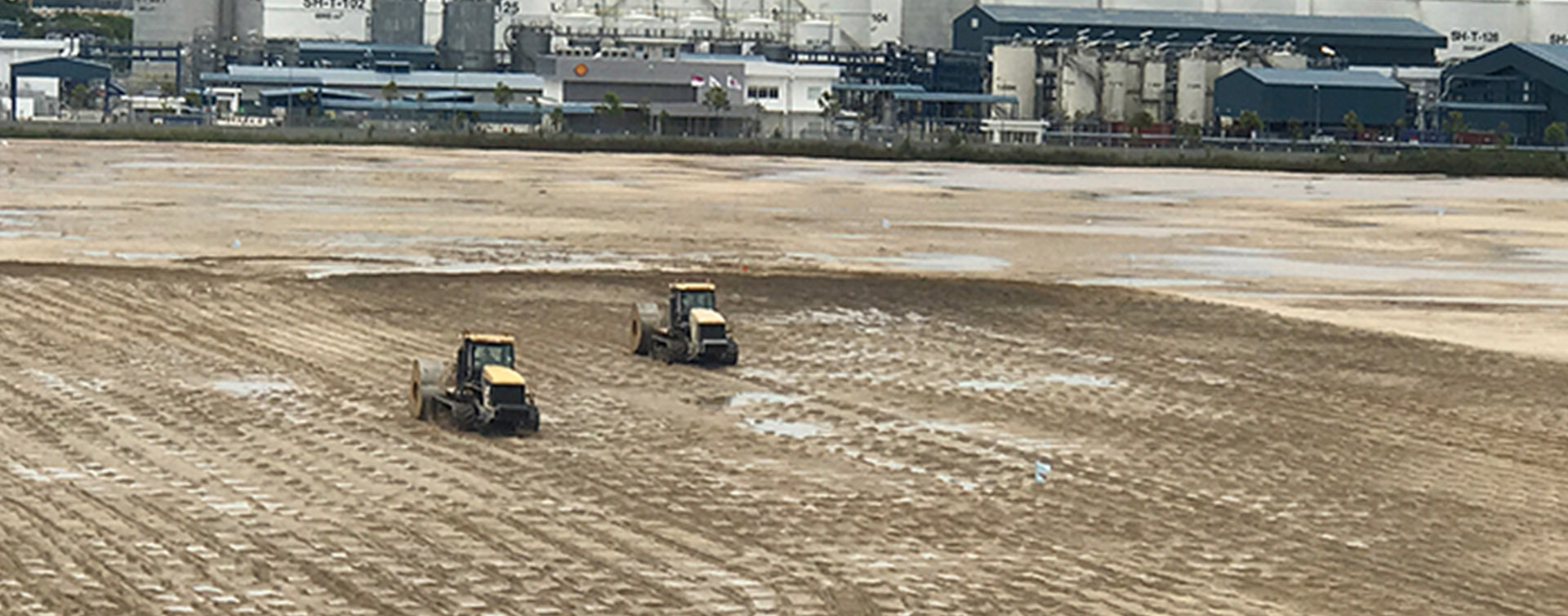
Laying the Foundation: Why ground improvement engineering matters
Ground improvement enhances soil stability and strength, reducing risks and costs in construction. Techniques like HEIC ensure efficient, sustainable solutions for safer infrastructure.
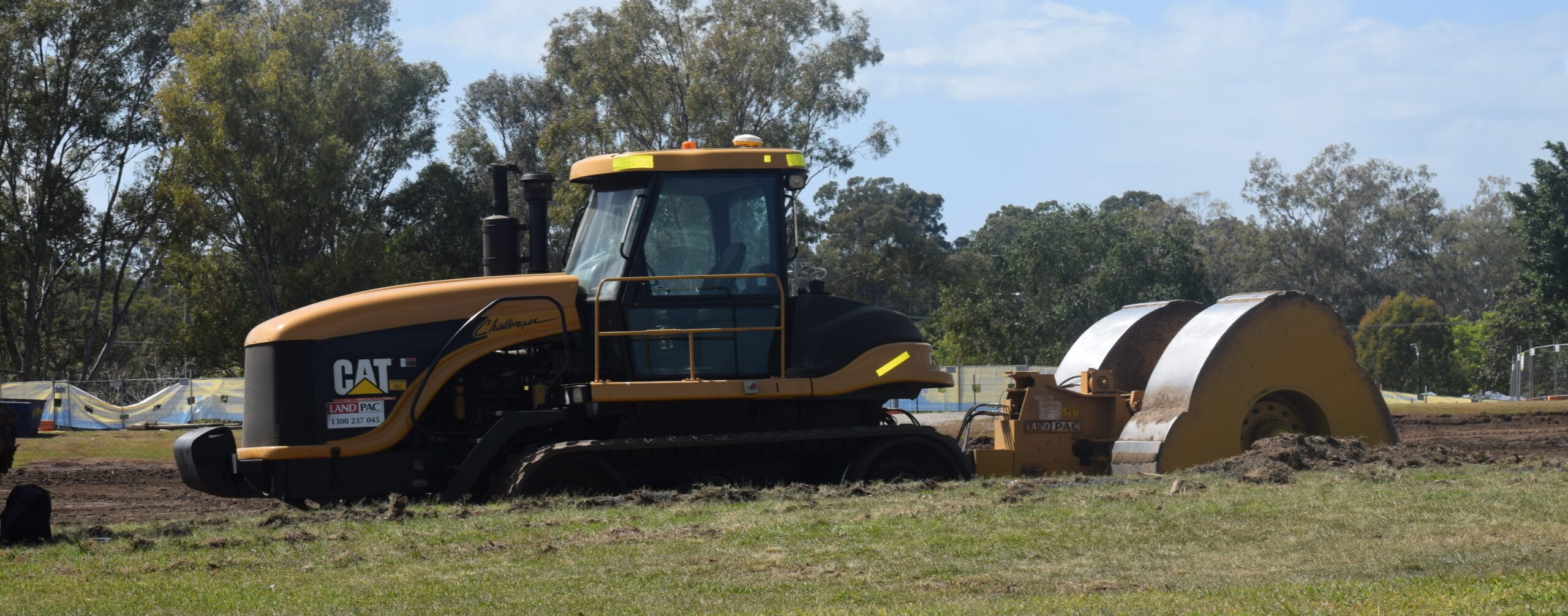
HEIC’s Role in Sustainable Construction Practices
HEIC boosts sustainable construction by stabilising soil, cutting environmental impact, and reusing existing land. It’s a fast, efficient way to build stronger, longer-lasting infrastructure while protecting the environment.
